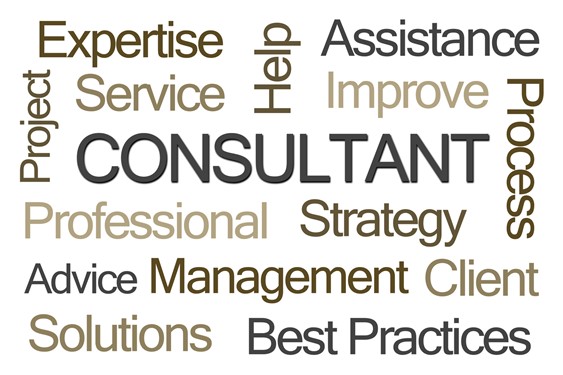 Supplier Governance has to be an integral part of enterprises engaged in outsourcing. Why should not they be when globally, organizations lose about 15% to 25% of Annual Contract Value (ACV) due to their failure to mitigate value leakage. Moreover, an effective governance team would not only provide maximum value realization out of outsourcing engagements but further provide focus; enable scalability of managing multiple suppliers with standard processes resulting in the improved relationship with vendors. But then, extracting maximum value out of governance all by itself is easier said than done. You need the right staffing determined by factors unique to your organization and existing processes.
Supplier Governance has to be an integral part of enterprises engaged in outsourcing. Why should not they be when globally, organizations lose about 15% to 25% of Annual Contract Value (ACV) due to their failure to mitigate value leakage. Moreover, an effective governance team would not only provide maximum value realization out of outsourcing engagements but further provide focus; enable scalability of managing multiple suppliers with standard processes resulting in the improved relationship with vendors. But then, extracting maximum value out of governance all by itself is easier said than done. You need the right staffing determined by factors unique to your organization and existing processes.
Before vendors are brought under the ambit of a supplier governance team with the objective of extracting maximum value from outsourcing engagements, one should step back and ask the following questions:
- What should be the scope of the governance team?
- How many people should be part of this team?
- What will be the scope of governance for different categories (Tier 1, Tier 2, Tier 3 etc.) contracts?
Although these are just some high-level challenges that every enterprise must address before forming a governance team, however, the following considerations provide a listing of key factors that directly or indirectly affect how staffing should be approached:
Factors impacting the scope for governance team:
- What are the governance activities currently performed by various functions like Procurement, Legal, Finance, Service Delivery, etc.?

- What are the current supplier relationship management processes and best practices followed by the organization?
- What are the key complexity factors like the number of suppliers, annual contract value, the maturity of software used for governance and the number of supplier delivery countries?
- Is there any involvement of a service integrator?
The size of the team can be determined by major workload parameters like:
- Number of contracts – each SOW and Work Order under MSA to be considered as an individual contract

- Contract Changes, WO and PO to be managed every month
- Invoice or KPI (critical service level and key measure) backup data to be validated by clients on a monthly basis
- Number of financial reports to be published at regular intervals
- Obligations and milestones are to be managed on a monthly basis
- Regulatory and policy compliance actions are to be taken by the supplier
- Supplier audits to be conducted on a periodic basis
When an organization ensures that a governance team is in place with the above-mentioned factors taken care of, the return on having such a team is much higher than the investment. Establishing a centralized Supplier Governance team helps in end-to-end governance. The team can help minimize value leakages and enhance the relationship with the supplier.
For example, without a supplier governance team with clearly defined roles and functions – validating thousands of rows of data, working with vendors to resolve discrepancies, getting waivers as required and verifying delivery as per contract terms – simply overwhelms any organization and leads to gaps in efficiency and conflicts that will affect the relationship and eventually the bottom-line. The challenge is not about setting up a governance team; the real challenge is in knowing how to staff it right.
For more info contact@suppliergovernanceblog.com


